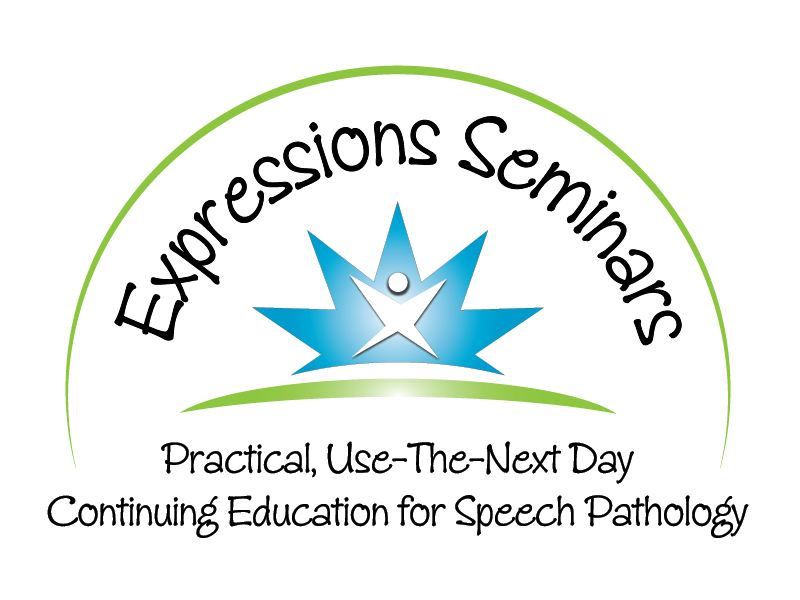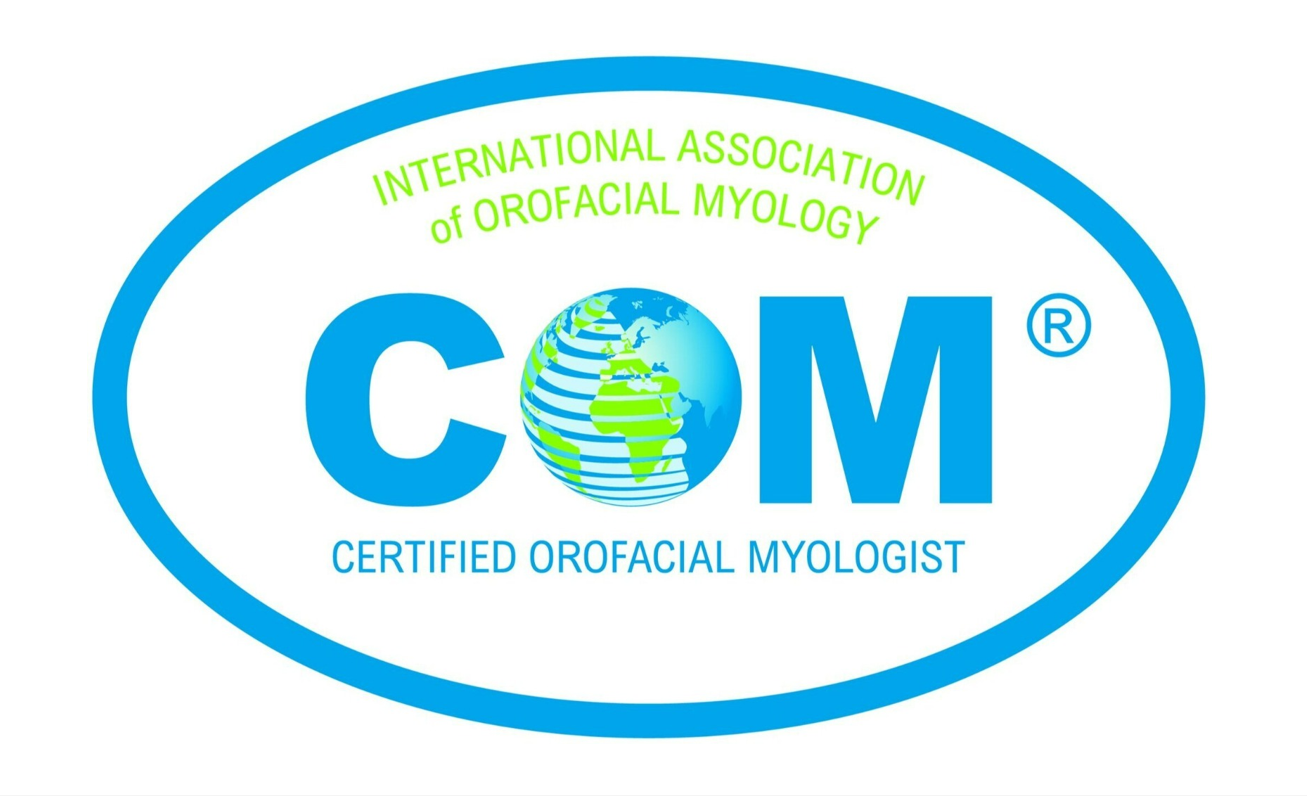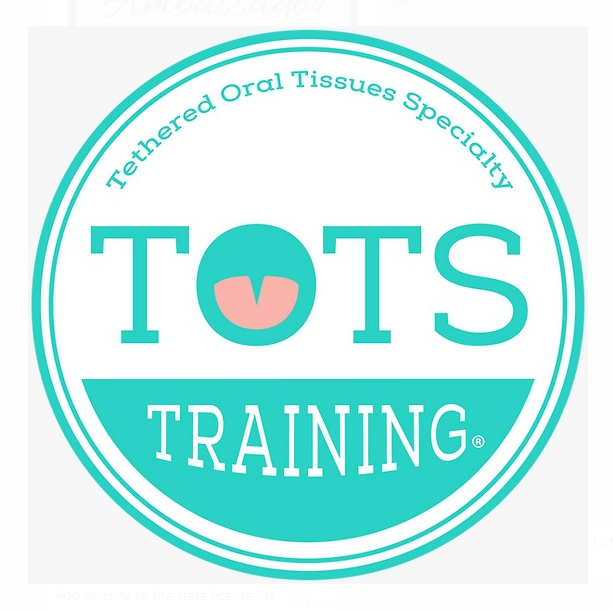Practical, Use-The-Next Day Continuing Education for Speech Pathology
#Read | #Watch | #Learn | #Improve
Our Speech-Language Pathology seminars focus on speech sound disorders (SSD) using Cycles, Let's Hear It For R!, and Traditional Articulation and will be beneficial to SLPs and SLPAs who are school-based, in early intervention, private practice, outpatient, or working in telepractice.
We also offer seminars on Orofacial Myology and Tethered Oral Tissues including
HOW to complete myofunctional evaluations online!
HOW to complete myofunctional evaluations online!
On-Demand Seminars
If you are looking for seminars to complete on your own time....
\Learnworlds\Codeneurons\Pages\ZoneRenderers\CourseCards




